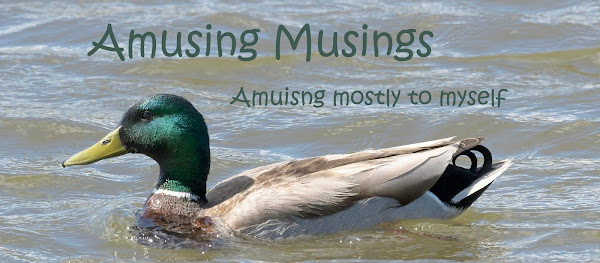Although we weren't lucky with bear close-ups this year, we did relish other opportunities to watch and photograph wildlife, in particular one fine June morning in Grand Teton National Park. While "cruisin' for bear" early in the day we made a short foray along the wildlife-rich Moose-Wilson Road at the far south end of the park, and quickly came upon a small gaggle of what I call Big Glass - folks behind high-magnification spotting scopes and cameras with extraordinarily long focal-length lenses on tripods - set up in the brush on a steep rise above the road. By this time I had hurt my toe (more about that later) so I hobbled up the rise to ask the standard question, "whatchalookinat?" It turned out to be a flicker nest in a tree hole some 20 yards away; mom and dad were making frequent chow-shuttles, resulting, to be sure, in wonderful photographic moments with the chicks rising open-mouthed to receive the goods. Unfortunately, or fortunately as the case turned out to be, the small-scale action was too far for my 300 mm lens, which had been damaged in conjunction with my toe, and would not focus beyond 220 mm. So, having found nothing by way of bears or other "charismatic megafauna" within zoom range, we started slowly making our way back north; as we approached a seasonal pond often patronized by moose (Alces alces), we could just see around a curve that there was more big glass assembled in a pullout. We guessed it might be Mr. Moose again, a most handsome fellow working on his velvety 2012 antlers, that we photographed the day before:
But to our great delight, it was something far less often seen than a moose: a great gray owl (Strix nebulosa):
It was amazing to see such a large bird (according to the Peregrine Fund site: "The Great Gray Owl has a body length of about 24-33 inches, a wingspan of 4.5-5 feet, and weighs only 1.5-3 pounds, despite its large size.") securely balanced at the tip-top of a pointed snag:
Great grays are "crepuscular" hunters, meaning that they hunt at dawn, making them among the easier of their kind to watch. But this roost was much too high for this ground-hunting owl, so within a few minutes, it relocated, miraculously, closer to its small, respectful audience at the roadside.
It stood there quietly rotating and tipping its head to better sense any movement in the grass below. It showed no sign of being disturbed, or even aware, of the silent watchers not far away. Then, to muffled gasps, the owl again moved closer, this time to a perch only a yard or a yard-and-a-half or so above the long, lush grass.
It listened intently
And then it heard what it had been waiting for
As there was no struggle, we feared it had failed, but we misjudged its precision-accuracy as a hunter. This was the only time it looked directly at the assembled watchers.
The vole struggled hopelessly for its life, but the owl's grip was firm. It dispatched its prey mercifully.
At this angle you can just see the array of fine feathers surrounding its face; these feathers serve as sensors to help it detect the movement of prey such as small rodents hidden on the ground below.
It is unlikely even an experienced great gray owl-watcher would have been able to tell whether the bird was a male or female due to the species' lack of dimorphism in external sex characteristics, but the fact that it did not eat the vole, but instead at last took flight with it, landing deeper and much higher into the trees behind the slough, suggests that it too had a waiting hungry brood.
I do not know how long before our arrival it had been hunting, but the fact that we watched the drama unfold over almost half an hour provides some sense of what enormous investments Nature demands of its parents in their job of continuing the species. That we were privileged to see its unfolding was yet another extraordinary gift of the park.
Note: Please accept my apologies for the need for Do Not Use notices on certain photographs, and for my complete inability to gain the cooperation of Blogger.com in adjusting font sizes in spite of trying everything I can think of.


























